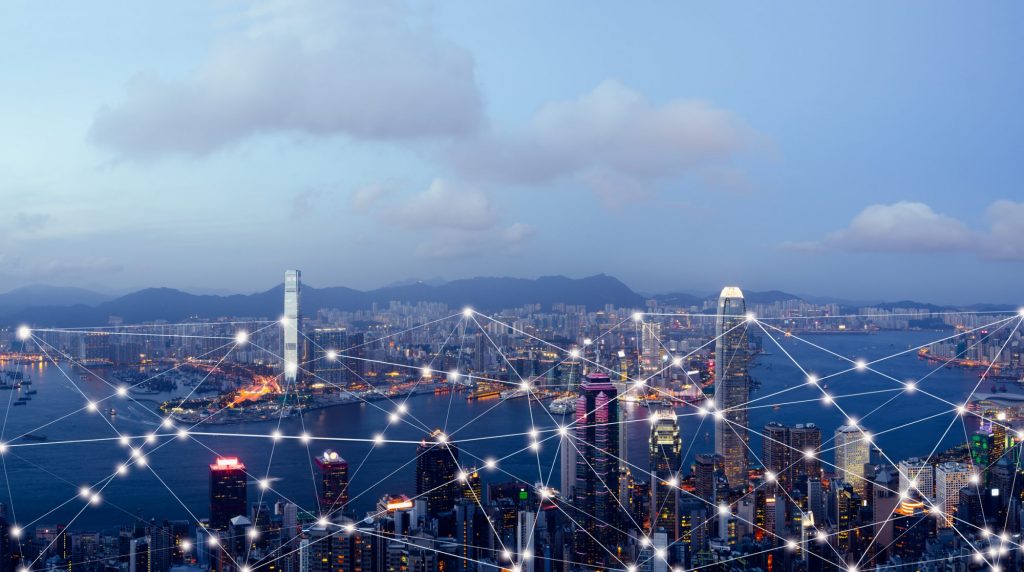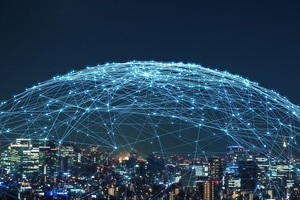January 19, 2022 – AMI infrastructure, digital twins, intelligent asset management, Geographical Information Systems, 5G and Artificial Intelligence are the water technology trends for 2022, according to Idrica. These global trends are set to bring innovative use cases to revolutionise the water industry.
In a world where data is the most valuable asset, Advanced Metering Infrastructure (AMI) is fundamental given the amount of information it can produce. This infrastructure can improve all business processes and help utilities and consumers make better decisions, because of the large numbers of sensors deployed on them compared to other IoT systems in the industry.
Moreover, digital twins, defined as a virtual copy of the water supply system that simulates how it behaves, help to make better decisions thanks to the holistic view they provide of the system and their ability to simulate real and fictitious scenarios. Thus, utilities can anticipate the response of the network to any circumstance affecting operations, whether it has occurred before or not, helping them to assess different scenarios.
In recent years, leading water utilities have been building intelligent asset management into their processes. As a result of the deployment of sensors on their infrastructure and the implementation of other technologies such as micro-metering, GIS and SCADAs, utilities have an ever-increasing volume of information available. In this context, intelligent management integrates and organises all this data in order to make better decisions. For this reason, the water industry is adding this tool with the ultimate goal of maximising efficiency, bringing significant economic and environmental benefits by reducing costs and energy consumption.

Geographical Information Systems (GIS) have become an essential tool for water utilities, helping them to extract value from their data to improve their business processes. These systems enable companies to integrate and represent an ever-increasing flow of information. In practice, any data with geospatial content can be represented in a GIS. This enables utilities to bring together the value of the location and its information in a single tool, where it can be centrally managed, providing essential information to guide actions and solve problems. For example, to monitor changes that water utilities make to their infrastructure.
Furthermore, Artificial Intelligence (AI) helps to provide more sustainable management of water resources. Within AI, Machine Learning (ML) has huge potential in the industry. One of its main advantages is that it automates processes that are costly to manage manually. This improves the accuracy of the results, which are calculated at high computational speed thanks to the infrastructure that underpins them. Thus, utilities can make better decisions because they have real-time information about what is happening in the infrastructures. Other branches of AI, which are also being applied to water, are voice and vision recognition systems, expert systems, Natural Language Processing (NLP) and robots.
Finally, 5G is not just another new generation of communication; instead it opens up radically new business opportunities that were not previously possible. Water utilities globally are transforming their processes as a means to achieve greater water and energy efficiency. This journey includes securely leveraging the value of data obtained from sensors in order to make better decisions.
Thanks to its low latency and its ability to connect millions of devices, 5G is set to become a key ally for utilities. Moreover, against a background of increased transparency, this technology will help to liberate and democratise data, making it more accessible. The range of available technologies will benefit all water utilities, regardless of their degree of digital transformation.

The six technologies that Idrica defines, explains and reflects on in the recently published report “Water Technology Trends 2022, redefining the utilities of the future” are some of the must-have tools for ensuring the availability and sustainable management of water, in line with Sustainable Development Goal (SDG) 6. The digital transformation of processes is no longer an option; it is simply the road to follow in order to offer a quality service as demanded by 21st century citizens.
Climate change and water scarcity, which already affects 40% of the population, are challenges that need to be addressed urgently. In 2022, and over the next few years, utilities will continue to optimise their management thanks to these technology trends, among other developments.
The future depends on digital transformation. However, this should not be conceived as an end in itself, but as a way of extracting value from data and converting information into business intelligence. This is the only way we will be able to tackle the challenges of the coming decades, Idrica concludes.
Comment on this article below or via Twitter: @IoTNow_OR @jcIoTnow










